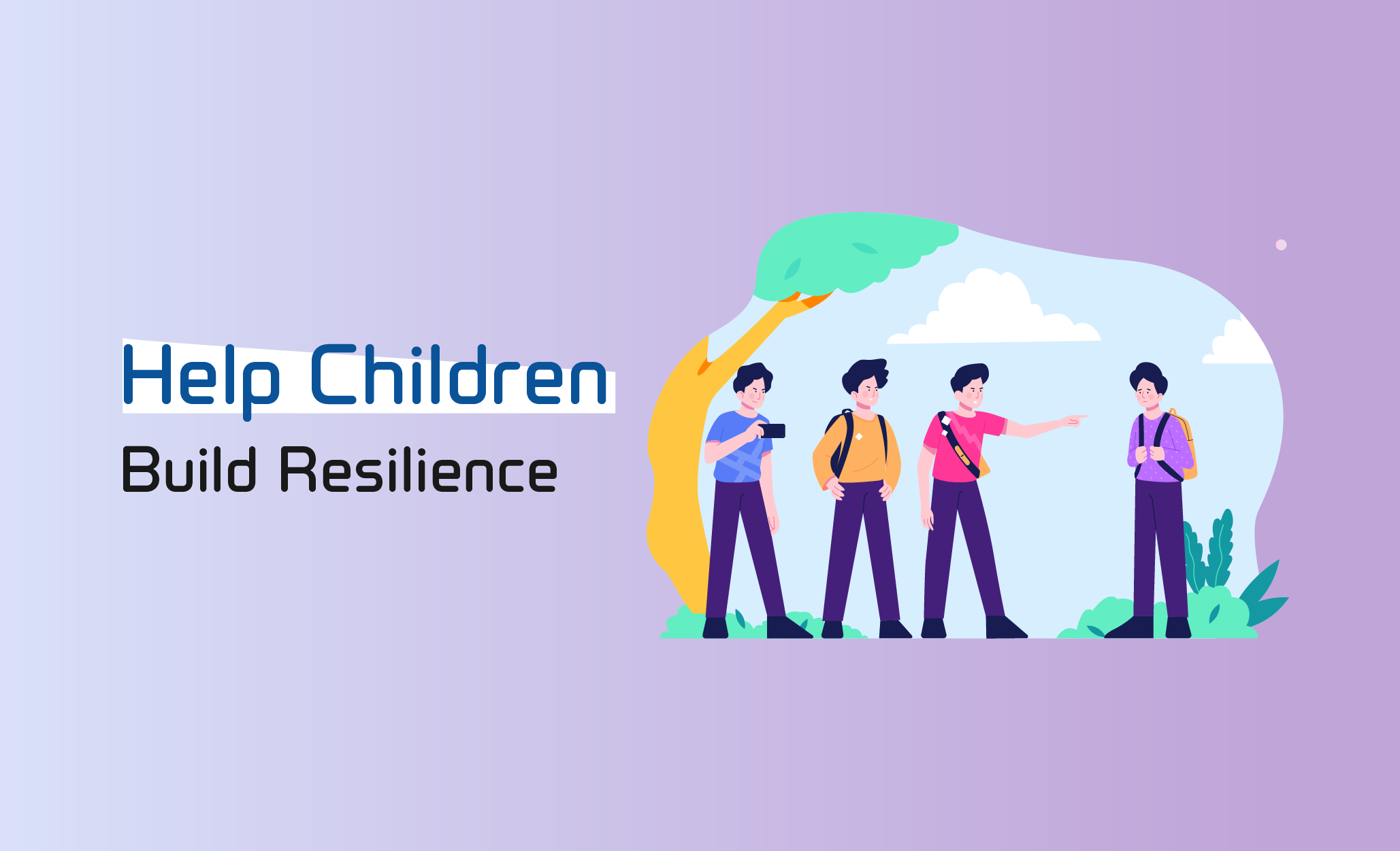Help Children Build Resilience

Admin

Resilience is the ability to overcome serious hardship and adapt well when faced with adverse experiences. Beyond being a personal characteristic or trait (i.e., "She is resilient."), resilience also refers to the process of overcoming threats, difficulties, and traumas. Being resilient is an outcome of that process.
Children and youth who experience adverse childhood experiences (ACEs) – such as domestic or neighborhood violence, abuse, poverty, loss of a parent, and bullying – can have negative, lasting effects. This is especially true if their resilience is low.
A person's resilience can change over time. Children can become more resilient and can also lose resilience when faced with new trauma or loss of support. Parents and caregivers can help build children's resilience. They can do this by strengthening protective factors that buffer and support them when they experience hardships or risks. According to the Substance Use and Mental Health Services Administration (SAMHSA), three protective factors contribute significantly to childhood resilience:
- Relationships with caring adults
- Cognitive development/problem-solving skills
- Self-regulation
Children and youth who have these protective factors may be more resilient than peers who face similar ACEs and do not have them. Parents and caregivers help build children's resilience when they:
- Spend time with their children
- Provide consistent guidance and structure
- Are aware of their children's whereabouts and activities
- Give warm emotional support to their children.
10 Ways Parents and Caregivers Can Help Kids Build Resilience
Here are ways that parents and caregivers can help their children and family become more resilient. Some of these may take some effort but are worth it in the long run. If you are a parent or caregiver, you can:
- Set family goals and have children play an important role in working towards them.
- When your child is defensive or aggressive, help them reflect on the situation to understand what is causing their behavior. Children may lack the skills to handle what's happening. They may need support. Help them build the skills they lack so they can respond in better ways in the future.
- Practice role playing how to handle different problems. This helps children develop ways of handling challenges.
- Model an attitude of grit and optimism in the face of family challenges.
- Work on solving problems together.
- Teach your child how to manage stress. Participating in wellness activities together, like exercise or healthy cooking, can be helpful.
- Find someone (like a tutor, mentor, or school counselor) to help your child improve specific academic or life skills.
- Volunteer together to help others in need.
- Talk to your child about past challenges and how they helped you grow.
- Help your child find practical solutions to problems as they come up.
With parent and caregiver support, a child's resilience can develop and help them cope when they are faced with difficult experiences, like bullying.